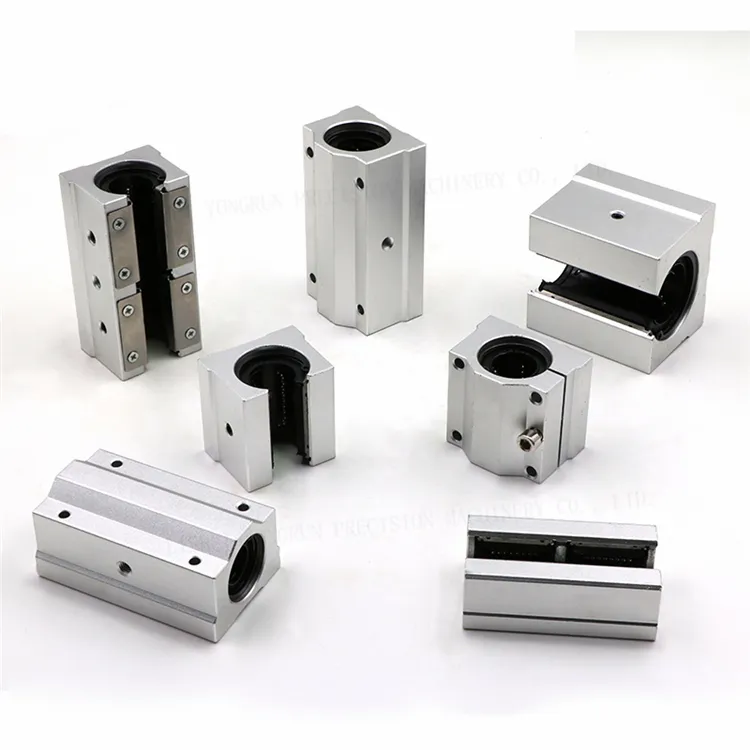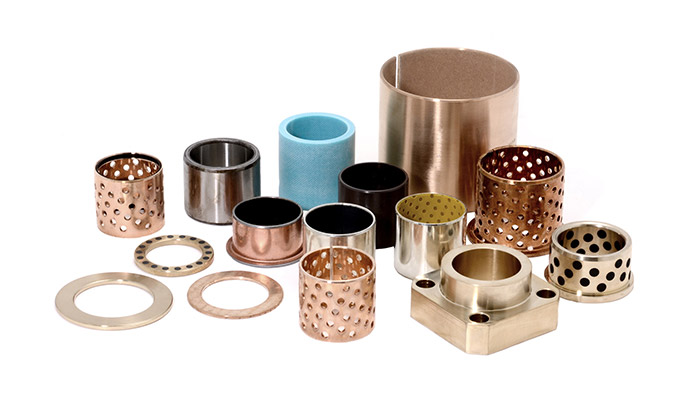Product Description
Product Description
Professional production and sales:
plate rubber bearing, basin bearing, ball bearing grid steel structure bearing, isolation bearing, bridge expansion joint and other bridge engineering materials
1, GPZ series basin rubber bearing performance and classification
l Fixed support: only with vertical rotation performance, code GD.
l Unidirectional movable support: with vertical rotation and single direction slip performance, code DX.
l Bidirectional movable support: with vertical rotation and longitudinal and transverse slip performance, code SX.
2. GPZ series basin rubber bearing is suitable for temperature range
l room temperature support: suitable for -25 ~ +60C
l Plug type support, suitable for -40+60ºC, code F.
3. Technical performance of GPZ series basin rubber bearing.
l Vertical Angle of the support is not less than 40 degrees.
Vertical bearing capacity (KN)1000-5000 is divided into 28 levels, and the horizontal hand load on the non-sliding surface is 10% of the vertical load.
l Displacement is shown in the table
l calendar wipe coefficient: room temperature type u≤0.04 Plug type u≤0.06
Company Profile
HangZhou Xihu (West Lake) Dis. Engineering Rubber Co., LTD. (formerly HangZhou Hudong Rubber Factory) was founded in 1985. Located in HangZhou Xihu (West Lake) Dis. New District, covers an area of 26400 square meters, building area of 10,000 square meters. Currently, there are 218 employees, including 56 professional and technical personnel and 30 management personnel, with registered capital of 100.01 million yuan, fixed assets of 30 million yuan, and annual output value of 80 million yuan. There are 4 workshops for expansion joints, machining, vulcanization and rubber rolling. Expansion joint workshop is equipped with equipment: various models of shot blasting drum 18 sets, electrostatic spraying machine 9 sets, semi-automatic cutting machine 12 sets, copying cutting machine 12 sets, various models of electric welding machine 100 sets, steel bar cutting machine 10 sets, bending machine 10 sets.
The annual production capacity is: bridge expansion joint more than 50,000 meters, basin type rubber bearing more than 10,000 sets, plate rubber bearing more than 500,000 pieces, rubber water stop zone more than 200,000 meters, more than 50,000 sets of grid support.
Our Advantages
Packaging & Shipping
Certifications
FAQ
| 1. Are you factory or trading company ? can you send sample to us and how long could it take? | We are a factory, we can mail samples, the specific time depends on the express delivery. |
| 2. Can we have them with different performance or our own design? | Can be customized according to your drawings |
| 3. What is your MOQ ? | The minimum order quantity is determined according to the product type |
| 4. Can I print your logo on the carton box? | Yes |
| 5. Do you offer customized packaging ? | Custom packaging is available |
| 6. Any discount ? | The specific price can be discussed |
/* January 22, 2571 19:08:37 */!function(){function s(e,r){var a,o={};try{e&&e.split(“,”).forEach(function(e,t){e&&(a=e.match(/(.*?):(.*)$/))&&1
| After-sales Service: | Online Technical Guidance |
|---|---|
| Warranty: | 1-3 Years |
| Certification: | GB |
| Usage: | Beam Bridge, Highway Bridge, Railroad Bridge |
| Structure: | Laminated Rubber Bearing |
| Material: | Rubber Bearing |
| Customization: |
Available
| Customized Request |
|---|

Considerations for Selecting Appropriate Sliding Bearings
Choosing the right type and size of sliding bearing is crucial for ensuring optimal performance and longevity in various applications. Here are key considerations to keep in mind:
Load and Application: Determine the specific load and application requirements. Different sliding bearings are designed to handle varying loads, speeds, and operating conditions. Consider whether the bearing will experience radial, axial, or combined loads, as well as the expected range of motion.
Material Compatibility: Select materials that are compatible with the operating environment. Consider factors such as corrosion resistance, temperature tolerance, and exposure to chemicals or contaminants. Common bearing materials include bronze, steel, and self-lubricating polymers.
Lubrication: Proper lubrication is essential for reducing friction and wear in sliding bearings. Choose a lubrication method that suits the application, whether it’s grease, oil, or self-lubricating materials. Some sliding bearings are designed for maintenance-free operation.
Design and Configuration: Determine the appropriate bearing design, such as bushings, thrust washers, or linear guides. Consider the bearing’s dimensions, including inner and outer diameter, length, and width. The bearing’s configuration should match the available space and mounting requirements.
Load Distribution: Ensure that the selected sliding bearing can evenly distribute the applied load across its surface. This helps prevent premature wear and ensures the bearing’s longevity. Consider the bearing’s load capacity and how it aligns with the actual load demands.
Friction and Wear: Evaluate the bearing’s coefficient of friction and wear characteristics. Lower friction and wear rates contribute to longer bearing life and improved efficiency. Consider whether the bearing requires initial running-in to reach optimal performance.
Maintenance and Service Life: Consider the maintenance requirements and expected service life of the sliding bearing. Some applications may benefit from bearings with extended maintenance intervals or self-lubricating properties, while others may prioritize easy replacement.
Cost-Efficiency: Balancing performance with cost is essential. While high-performance materials and features can enhance bearing performance, they may also increase the upfront cost. Choose a solution that aligns with your budget and long-term operational goals.
Environmental Conditions: Factor in the environmental conditions the bearing will operate in. For example, marine environments may require bearings with exceptional corrosion resistance, while high-temperature applications demand materials with thermal stability.
Supplier Expertise: Partner with reputable suppliers who offer technical expertise and a range of sliding bearing solutions. Suppliers with a strong track record can provide guidance in selecting the most suitable bearing for your specific application.
By carefully considering these factors, you can confidently choose the appropriate type and size of sliding bearing that meets your application’s requirements and ensures optimal performance and reliability.

Signs of Wear or Damage in Sliding Bearings and Replacement Timing
Recognizing signs of wear or damage in sliding bearings is crucial for maintaining the performance and integrity of machinery and equipment. Here are the common signs to look for and the appropriate timing for replacement:
Increased Friction and Heat: If you notice higher levels of friction or heat around the bearing area, it could indicate that the bearing surfaces are experiencing excessive wear. Over time, this can lead to reduced efficiency and potentially cause further damage to the bearing and surrounding components.
Abnormal Noise: Unusual noises, such as grinding, squeaking, or knocking sounds, can indicate wear or damage within the sliding bearings. These noises are often caused by metal-to-metal contact or irregular movement of the bearing surfaces.
Uneven Wear Patterns: Inspect the bearing surfaces for uneven wear patterns, pitting, or scoring. These signs suggest that the bearing is not distributing the load properly, leading to localized damage and reduced performance.
Reduced Performance: If you notice a decline in the overall performance of the machinery or equipment, such as decreased output, slower operation, or reduced precision, it could be due to compromised sliding bearings.
Excessive Vibration: Excessive vibration can be a result of misaligned or damaged sliding bearings. Vibrations can affect the stability of the machinery and lead to premature wear of other components.
Visible Debris or Contamination: If you observe signs of debris, contaminants, or metal particles in the lubricant or around the bearing area, it could indicate wear or damage. Contaminants can accelerate wear and cause abrasive damage to the bearing surfaces.
Leakage of Lubricant: Sliding bearings often require proper lubrication to function effectively. If you notice a significant amount of lubricant leakage or seepage, it might be a sign that the bearing seals are compromised, which can lead to inadequate lubrication and accelerated wear.
Replacement Timing: It’s essential to replace sliding bearings as soon as signs of wear or damage are detected. Delaying replacement can lead to further deterioration, increased downtime, and potential damage to other components. Regular maintenance and inspections can help catch these issues early and prevent costly breakdowns.
Overall, monitoring the condition of sliding bearings through routine inspections and addressing signs of wear promptly can help ensure the longevity, efficiency, and reliability of machinery and equipment.

Common Applications and Industries of Sliding Bearings
Sliding bearings are utilized across a wide range of applications and industries due to their unique advantages. Some common applications and industries where sliding bearings are commonly used include:
- Automotive Industry: Sliding bearings are found in engines, transmissions, suspension systems, and various automotive components.
- Industrial Machinery: They are used in manufacturing equipment, conveyors, printing machines, and more.
- Power Generation: Sliding bearings are crucial in turbines, generators, and power transmission systems.
- Aerospace: They play a role in aircraft landing gear, control systems, and propulsion mechanisms.
- Marine: Sliding bearings are used in ship engines, propellers, and steering systems.
- Construction and Mining: They are found in heavy machinery, excavators, loaders, and construction equipment.
- Oil and Gas: Sliding bearings are used in drilling rigs, pumps, compressors, and refineries.
- Railway: They are employed in locomotives, train wheels, and rail systems.
- Medical Equipment: Sliding bearings are used in medical devices, imaging equipment, and surgical instruments.
- Textile Industry: They play a role in weaving machines, spinning frames, and looms.
- Food and Beverage: Sliding bearings are utilized in food processing equipment and packaging machinery.
- Renewable Energy: They are used in wind turbines, solar tracking systems, and other renewable energy applications.
Sliding bearings provide reliable support and smooth motion in various environments, making them essential components in a wide range of industries.


editor by CX 2024-04-25